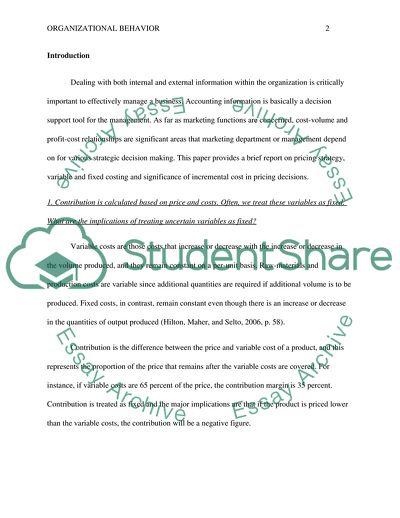Love Implementing Pricing Strategies Term Paper. https://studentshare.org/marketing/1766726-love-implementing-pricing-strategies
Love Implementing Pricing Strategies Term Paper. https://studentshare.org/marketing/1766726-love-implementing-pricing-strategies.


